Xander Naylor: Viewing Music as One of the World’s Greatest Treasures
By Susan Frances
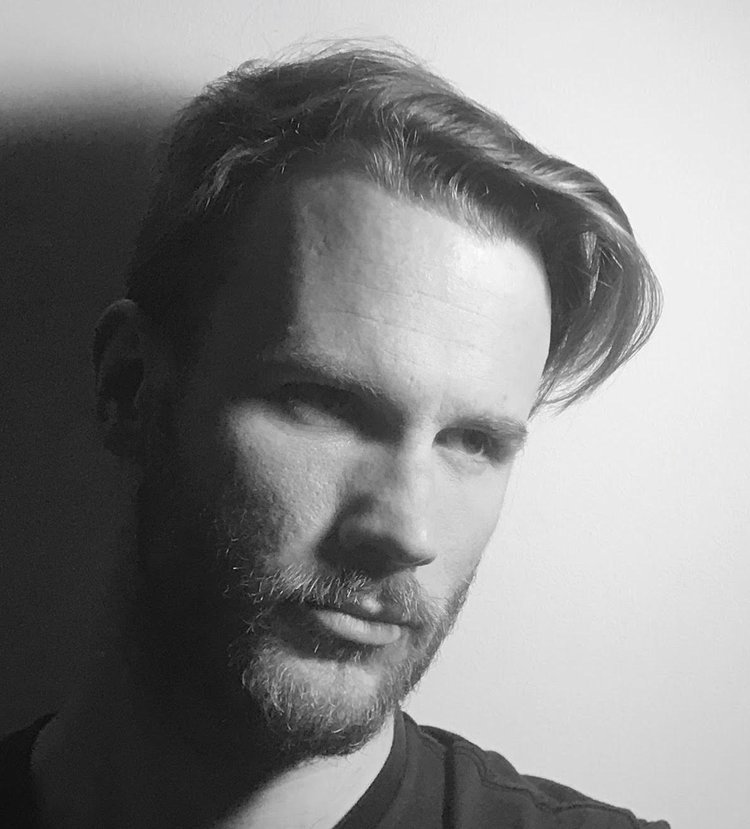 Beyond being a musician, a composer, and an educator, Xander Naylor has the spiritual awareness of a Tibetan monk and the creative leanings of a jazz improviser. Deeply aware of both the spiritual realm and the natural world, Naylor chose music as the primary vehicle to communicate his message. It’s a message of marriage. He marries diverse, even polarizing elements together, finding a natural partnership in converging consonance with dissonance. Discovering an authentic agreement by merging the music of eastern and western cultures.
Beyond being a musician, a composer, and an educator, Xander Naylor has the spiritual awareness of a Tibetan monk and the creative leanings of a jazz improviser. Deeply aware of both the spiritual realm and the natural world, Naylor chose music as the primary vehicle to communicate his message. It’s a message of marriage. He marries diverse, even polarizing elements together, finding a natural partnership in converging consonance with dissonance. Discovering an authentic agreement by merging the music of eastern and western cultures.
He imparts, “Music is one of the great treasures we have all over the world. I am constantly in awe of the number of ways humans can conceive music, yet it remains a universal language.”
His predilection for exploring the universal language of music began as a child. He remembers, “I started on piano first when I was four years old. But by the time I was eight, I was picking up my father’s old Yamaha steel-string guitar.”
“I endured a lot of pain in my hands from the hard steel strings.” he muses with an endearing fondness in his tone, “but I couldn’t stop! My father had stopped playing that guitar and brought it to a pawn shop just before I was born, but my mother noticed it was gone from the house one day and said, ‘You must go and bring that guitar back, it will be for our son one day!’ She paved that road from before I was even born.”
The guitarist in him was roused, and he hasn’t deviated from the course ever since. He recounts, “I began performing in public around the age of seven. A few classmates and I had a group that would perform for many of the local community centers and nursing homes.”
He describes his youth, “When I was young, I used to love to get together with my friends and not only learn songs by our favorite bands, but also just jam and create songs, make recordings with the four-track cassette recorder I had, and see where things went.”
“In high school,” he advances, “I had a band that got gigs playing school dances around Vermont where I grew up, and that was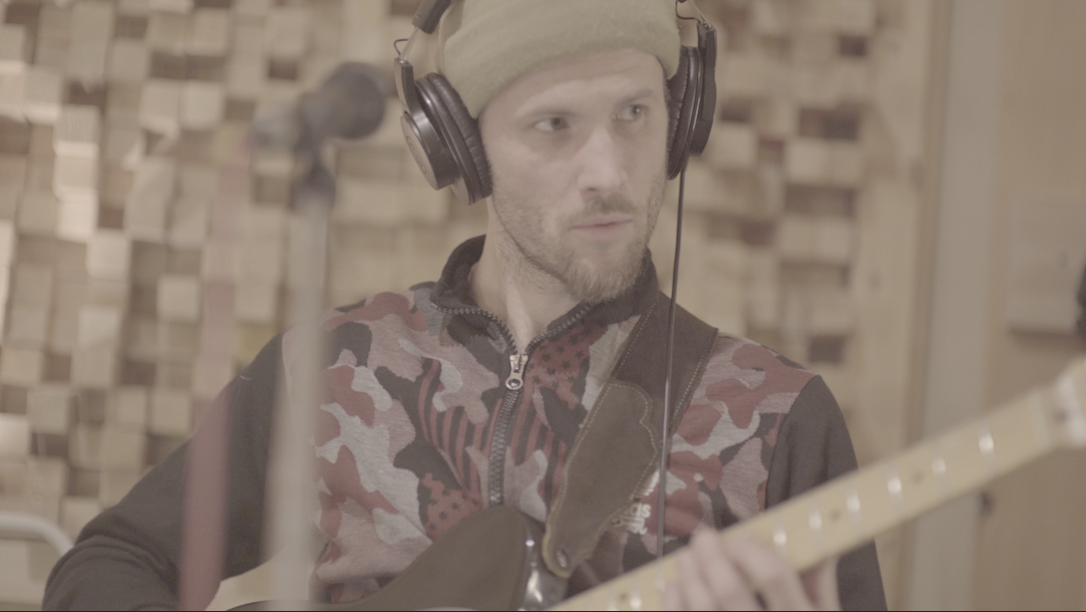 really the first time I tasted the life of the musician. I liked every aspect of the process, driving to the show, setting up the gear, playing music, talking to people afterward. I just loved the whole element of connecting with people through music, and I never really imagined anything else I would do with my life.”
really the first time I tasted the life of the musician. I liked every aspect of the process, driving to the show, setting up the gear, playing music, talking to people afterward. I just loved the whole element of connecting with people through music, and I never really imagined anything else I would do with my life.”
Performing music is a vast field, but Naylor had fine-tuned the style of music he would pursue through his life early on. “When I discovered jazz,” he reflects, “I found a whole world that was so heavily based on improvisation that it really fed an urge in me that had not been met before. When I discovered the different moods of Miles Davis’ Kind of Blue in middle school and later the vast shades of tones on Herbie Hancock’s Headhunters, I was hooked. Likewise, John Scofield was a huge early influence for me on the guitar. I must have listened to A Go-Go fifty times in a row. I couldn’t figure out how he was making those sounds on guitar!”
Early in his journey, he also discovered the music culture of India as he recollects, “For twelve years, I have been a student of Hindustani Classical Music and have studied with table maestro Samir Chatterjee, who is based in the New York City area. That is how I began to travel to India, first to study, then by the third trip to do a concert tour as well.”
“For the India tour in 2020,” he recalls, “I created a trio with bassist/guitarist Vinay Kaushal and drummer Shreyas Iyengar. Vinay and I had met by chance in a national park the year before, and our stories were very funny! I am an American who comes to India to study music, and he is an Indian who had studied in the US for several years. We decided to conduct some workshops as part of the tour to share our insights of crossing musical cultures and creating music together.”
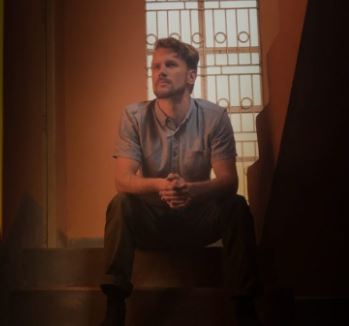 “I have always loved teaching,” he proclaims, “and one of the things that I find so interesting about it is that it helps me to understand why it is that I do what I do. After teaching in India for a month about my artistic process, I gained a lot of new perspectives on what I do. It was eye-opening to speak about the connections between Western and Indian music with a different audience, viewing things differently from the friends I’m used to speaking with over here in the US.”
“I have always loved teaching,” he proclaims, “and one of the things that I find so interesting about it is that it helps me to understand why it is that I do what I do. After teaching in India for a month about my artistic process, I gained a lot of new perspectives on what I do. It was eye-opening to speak about the connections between Western and Indian music with a different audience, viewing things differently from the friends I’m used to speaking with over here in the US.”
He considers, “For the past few years much of my work has been specifically centered on finding ways to blend Hindustani music and jazz. I do this on my records like Continuum,” he provides, “and I also do this in work with Samir Chatterjee at The New School in New York City, teaching the Indian Ensemble.”
His latest recording, Continuum was released in October 2020 and features a broad array of musicians who share his inclination to marry the music cultures of the east and the west. He explains the impetus driving his objective, “I’m very interested in discovering the overlaps in musical structures between the cultures, but also finding the unique nuances of each then putting those together to create new and unique forms of composition and improvisation.”
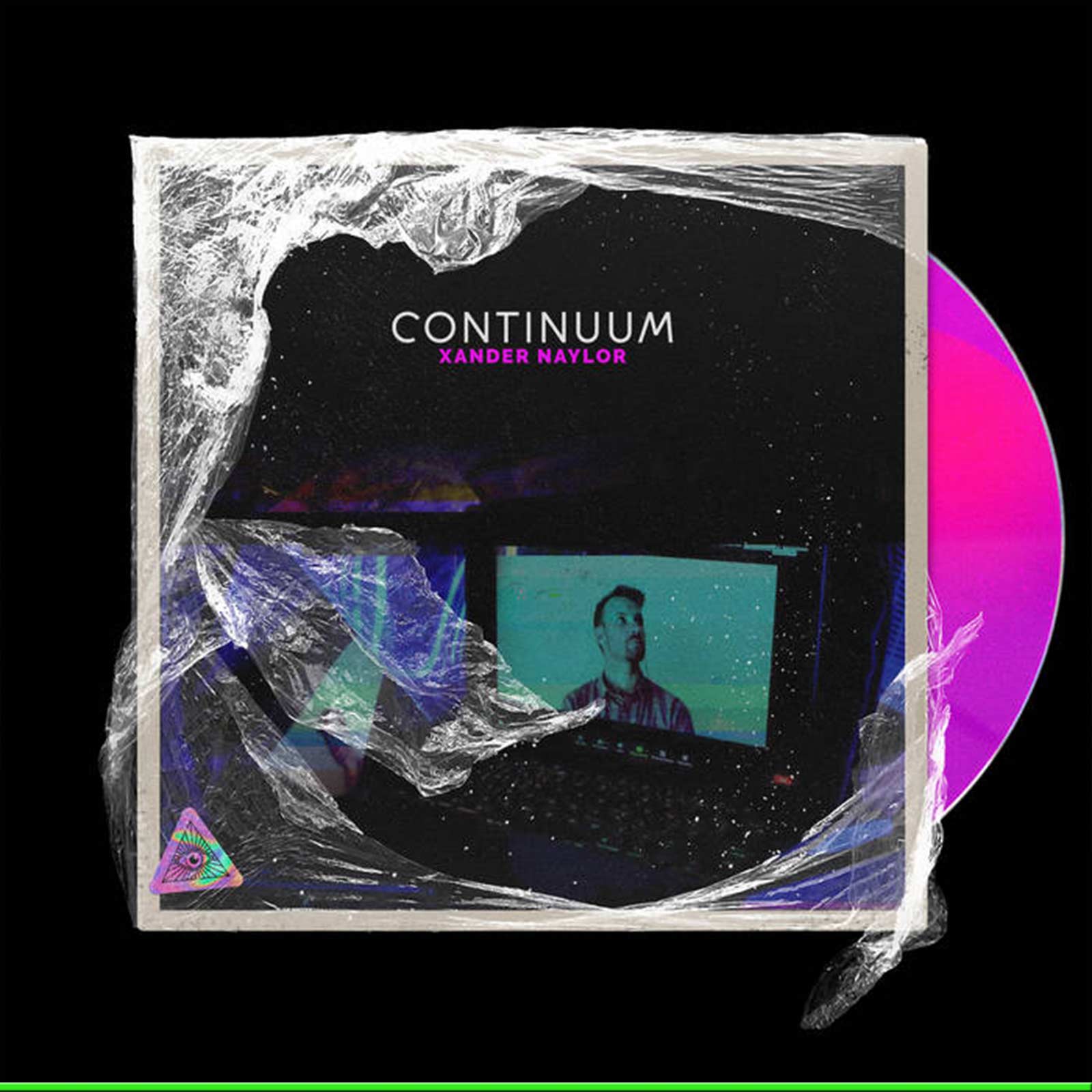 “I wrote the music for Continuum,” he chronicles, “during a phase where I was really grappling with the tension between my interest is focused and calm practice (e.g.) music, meditation, yoga, and also my interest in digital manipulation processes (e.g.) granular synthesis, splicing up audio in the DAW.”
“I wrote the music for Continuum,” he chronicles, “during a phase where I was really grappling with the tension between my interest is focused and calm practice (e.g.) music, meditation, yoga, and also my interest in digital manipulation processes (e.g.) granular synthesis, splicing up audio in the DAW.”
He remarks about the internal struggle he was experiencing at the time, “I kept finding over and over that I would flip between two modes of thought and activity, so I called the record Continuum in honor of this gradual spectrum in mental, physical, and creative states.”
“You can see,” he examines, “this spectrum between the introductions to ‘Lunar Acropolis,’ ‘Surrender,’ or the track ‘Who Laughs Last?’ and the glitches in ‘Export For Screens,’ ‘Phone Zone,’ and ‘Riddlin.’ I think one day the more meditative side may fully take the driver’s seat, but it hasn’t happened yet!”
One of the aforementioned tracks, “Lunar Acropolis,” Naylor discusses further, “This track was written in honor of the awe-inspired by the huge feminine powers all around me. I was spending sub-zero nights in Vermont, taking breaks from writing Continuum by going out to a frozen pond and looking up at the moon in the clear midnight sky. The energy from that vibe seeped into the track, especially in the writing of the introductory drum and guitar parts.”
“At one point,” he notes, “I encountered a serious writer’s block and put everything down to meditate by the woodstove. As I opened my eyes a little while later, the sun had just set, and the music rushed in as if it had been just waiting for me to calm down enough to hear it. I wrote the majority of ‘Lunar Acropolis’ that night and then realized I had written it based off of a raga specifically for the time at dusk called ‘Raag Marwa!'”
He shares, “Here is the ‘Lunar Acropolis’ video, conceived, shot, and edited by myself, and starring (dancer) Maggie Herskovits:”
“Surrender,” another track from Continuum that Naylor signified is a product of the internal struggle he had encountered between meditative thought and classical training, is inspected more thoroughly. “Many of the pieces on Continuum started out as solo guitar pieces, including the intro to ‘Surrender,’ which actually is note-for-note from an improvisation I found in my voice memos. For the studio version, I took the original melody line and divided it between Alec Spiegelman’s bass clarinet and Elijah Shiffer’s alto saxophone to create overlapping harmonies out of the deconstructed melody.”
He maintains, “My composition process has always been based on who will play the parts, and I wrote this intro specifically with Alec and Elijah’s personalities and playing in mind. In addition, I’ve always loved the sound of the bass clarinet, and this felt like a perfect spot to utilize it and blend it with Elijah’s sound.”
In addition to Alec Spiegelman on bass clarinet and Elijah Shiffer on alto saxophone supporting Naylor on Continuum, the recording also spotlights Alex Asher on trombone, Nicholas Jozwiak on bass, Cole Kamen-Green on trumpet, Raphael Pannier on drums, and vocalists Angelica Bess and Sarah Pedinotti.
also spotlights Alex Asher on trombone, Nicholas Jozwiak on bass, Cole Kamen-Green on trumpet, Raphael Pannier on drums, and vocalists Angelica Bess and Sarah Pedinotti.
He regards, “I specifically chose Raphael, Nicholas, and Elijah for their understanding both of jazz and Indian music. All three have spent time studying Indian music as well as jazz, and I really wanted to have these vocabularies as the basis for the communications in this group.”
“I can’t speak highly enough about all three of these guys!” He applauds, “They excel at their instruments and are all highly unique minds. They also all have great music out under their own names, so go check it out!”
“Everyone in this group,” he cites, “also has familiarity crossing over into the world of rock too, which helps because a lot of what I write is more like parts to a rock song than a typical jazz head.”
Another track Naylor singles out from the recording is “Export of Screens,” in which he asserts, “On May 11, (2021) I released a music video that Evan Cohen created for ‘Export For Screens,’ off of Continuum.”
He ascertains,” ‘Export For Screens’ stemmed from an afternoon struggling with the export settings on Adobe Illustrator. Horns inspired by Isaac Hayes and the groove masterworks of Sly & Robbie are present, stitched together with the ominous post-industrial groove of Scorn and the Autechre, and Iannis Xenakis-inspired granular synthesizer glitches and noised guitar walls to create a most human tension.”
Like any individual who is straddling the line between the temporal and the spiritual realms, Naylor assesses, “In my daily attempts to grapple with the phenomena of distraction – or maybe as a way of transmuting my frustration – I splice glitches of thought and reality into my works. I both chop wood and splice beats. I grow organic food and improvise organic sounds. I find stillness and spirituality in both consonance and dissonance, harmony and noise.”
Helping him figure out which side of his creative thought to lead him, Naylor turned to Bunker Studio in Brooklyn, New York, to record Continuum. He worked with its engineers Jacob Bergson and Ian Hersey.
“We had a great time at Bunker!” He beams, “Ian Hersey and I had made a lot of preparations for the recording process with the emphasis being on capturing the live energy of the band then editing it down later to shorter tracks. In the studio, we ran some other instruments through effects and had separate channels like space echo sax or crushed drums to mix into our headphones if we wanted to shape our experience throughout the day.”
He raves, “Ian’s conceptualization of the process mixed with Jacob Bergson’s expertise in the studio, he knows every piece of vintage gear there backwards and forwards, made the whole process effortless.”
Naylor did not need to travel far to reach Bunker Studio in Brooklyn, New York, as he has made a home for himself in the borough. He observes about his surroundings, “Brooklyn is such a continually shifting blend of musical cultures. The experience of music is always heightened by the constantly shifting population. New people are always coming and going, making their mark, and bringing in new ideas, and there are so many musical cultures converging that it is possible to learn about styles from all corners of the world.”
He reveals, “I arrived in Brooklyn in 2008, at a time when the neighborhood of Bushwick had a very vibrant improvised music scene. I was fortunate enough to be involved with organizing and performing at several house venues at that time. At one point, we had three basement spaces within three blocks of each other, all putting on shows of improvised music every weekend! We had to coordinate our schedules so that everyone could go to every show! We would all hop around and support each other, and we held festivals in our backyards. That kind of community experience has left an indelible mark on how I make music.”
Aside from composing, arranging, and recording music, a significant part of being a performing artist is playing live, which for many artists was put to a halt during the COVID-19 shutdowns. Naylor was no exception as he admits, “As of right now, there aren’t any plans to perform this music live. Due to the coronavirus, this particular group has been geographically scattered. I’m performing in both New York City and Vermont in various permutations, sometimes including this music. I think it still remains to be seen where the music industry will go in the coming months/year.”
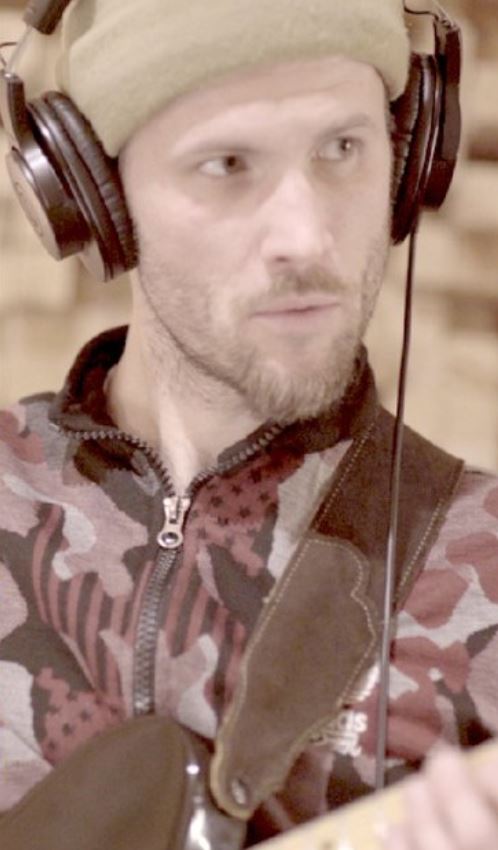 “In March 2020,” he highlights, “I finished a two-month concert tour of India with Indian musicians Vinay Kaushal (on) bass and Shreyas Iyengar (on) drums, and we were preparing to book another tour for fall 2020. But, obviously, that fall tour didn’t happen, and the situation in India is currently extremely dire, so I’m keeping the connection up with them and hope we can do another tour over in Asia as soon as things are under control on that side of the world.”
“In March 2020,” he highlights, “I finished a two-month concert tour of India with Indian musicians Vinay Kaushal (on) bass and Shreyas Iyengar (on) drums, and we were preparing to book another tour for fall 2020. But, obviously, that fall tour didn’t happen, and the situation in India is currently extremely dire, so I’m keeping the connection up with them and hope we can do another tour over in Asia as soon as things are under control on that side of the world.”
Something the natural world continues to promise is a new day, and Naylor embraces that truth. He confirms his growth as an artist, “This process never stops! I’m always honing my craft, trying to find ways to communicate what is inside of me more directly through music. Practice! I’m also always looking for ways to communicate my ideas to the musicians I work with so that they can fully express themselves within the larger body of my bands. Right now, I’m growing due to having a three-month-old son, Tal, who teaches me patience and compassion every day!”
Xander Naylor is engaged in changing the climate of music through the process of marriage by partnering consonance with dissonance, blending the music cultures of the east and the west. Perhaps he demonstrates best that such climate change can produce a greater good, a natural marriage guided by the hand of meditation and the hand of traditional training.
About Susan Frances:
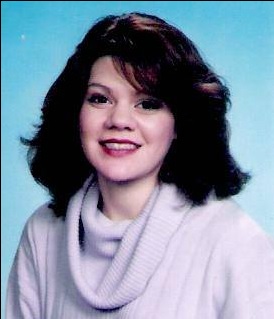 Born in Brooklyn, New York and raised in eastern Long Island, I always enjoyed writing and made several contributions to my high school literary magazine, The Lion’s Pen. Influenced by writers of epic novels including Colleen McCullough and James Clavell, I gravitated to creative writing. After graduating from New York University with a BA in Liberal Arts, I tried my hand at conventional jobs but always returned to creative writing. Since 1998, I have been a freelance writer and have over three thousand articles to various e-zines including: Jazz Times, Blogcritics, Yahoo Voices, Goodreads.com, Authors and Books (books.wiseto.com), TheReadingRoom.com, Amazon.com, Epinions.com, Fictiondb.com, LibraryThing.com, BTS emag, BarnesandNoble.com, RomanticHistoricalReviews.com, AReCafe.com, Hybrid Magazine, and BookDepository.com. In 2013 and 2014, I was a judge in the Orange Rose Writing Competition sponsored by the Orange County chapter of the Romance Writers of America located in Brea, California.
Born in Brooklyn, New York and raised in eastern Long Island, I always enjoyed writing and made several contributions to my high school literary magazine, The Lion’s Pen. Influenced by writers of epic novels including Colleen McCullough and James Clavell, I gravitated to creative writing. After graduating from New York University with a BA in Liberal Arts, I tried my hand at conventional jobs but always returned to creative writing. Since 1998, I have been a freelance writer and have over three thousand articles to various e-zines including: Jazz Times, Blogcritics, Yahoo Voices, Goodreads.com, Authors and Books (books.wiseto.com), TheReadingRoom.com, Amazon.com, Epinions.com, Fictiondb.com, LibraryThing.com, BTS emag, BarnesandNoble.com, RomanticHistoricalReviews.com, AReCafe.com, Hybrid Magazine, and BookDepository.com. In 2013 and 2014, I was a judge in the Orange Rose Writing Competition sponsored by the Orange County chapter of the Romance Writers of America located in Brea, California.


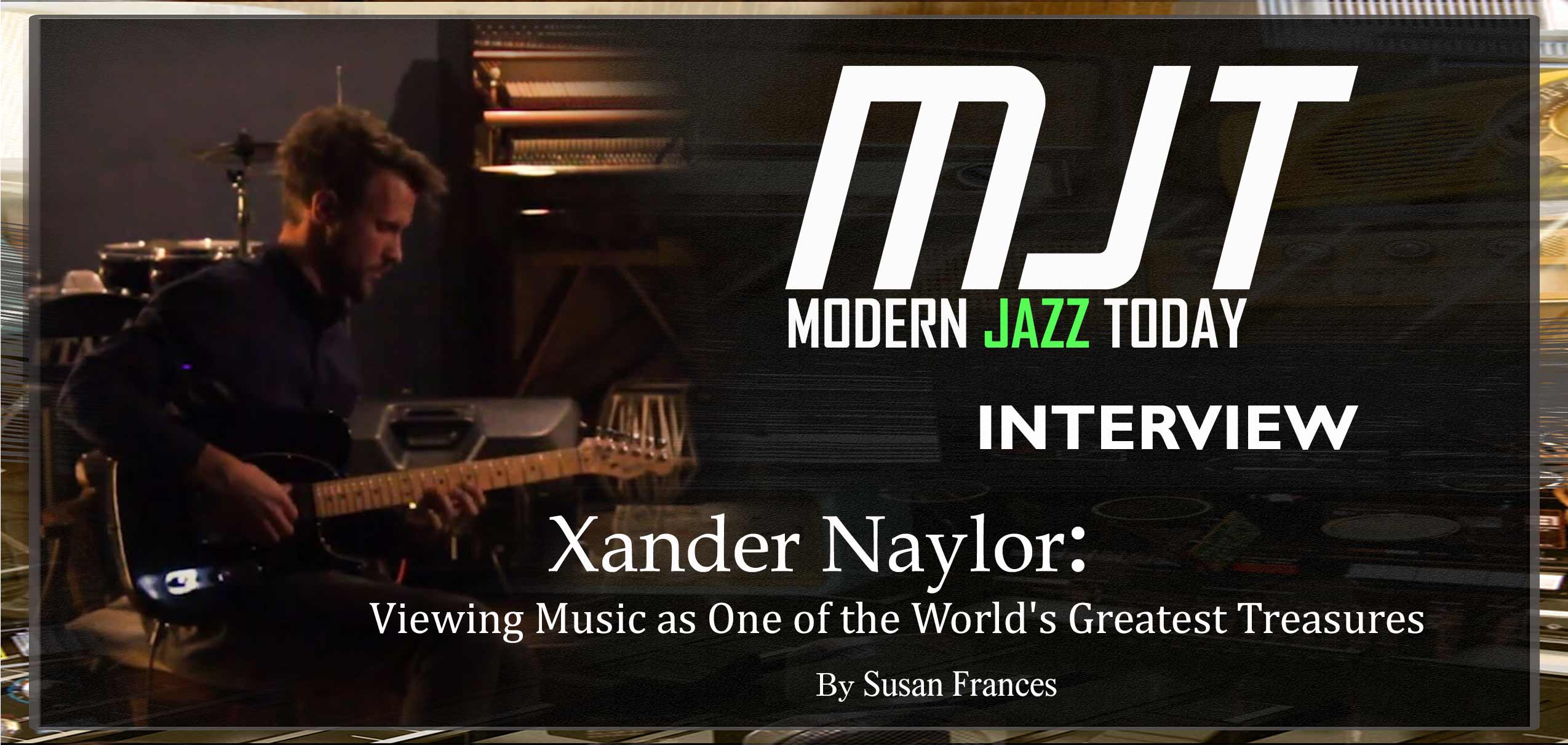


No Comments